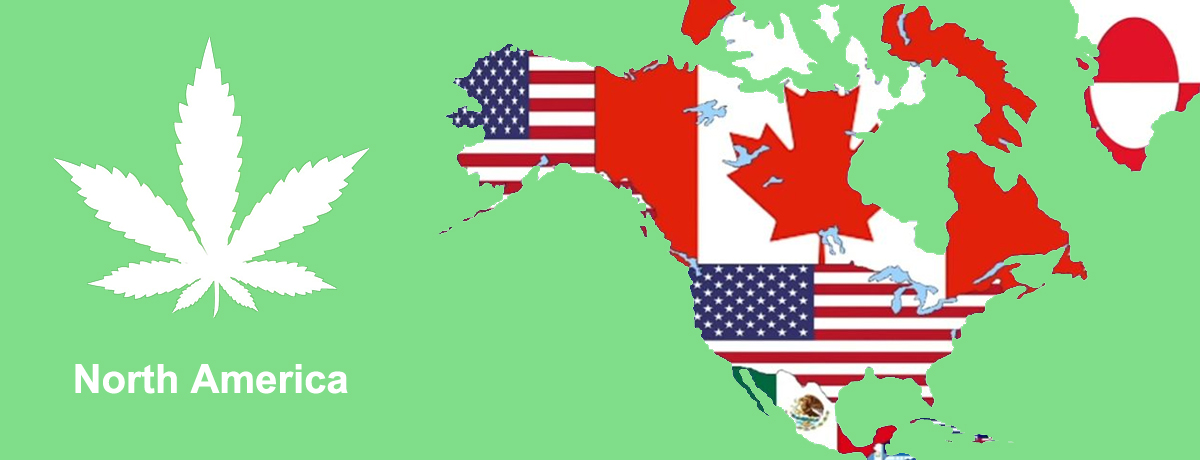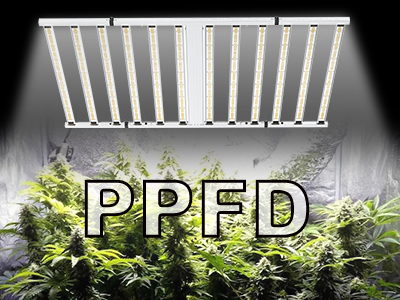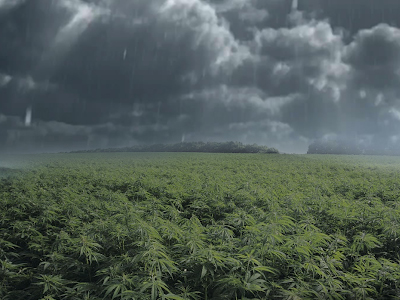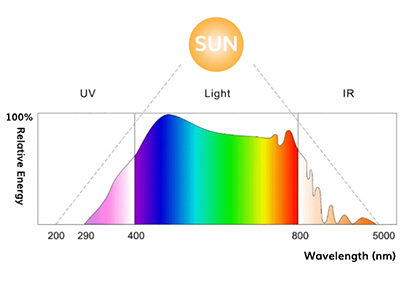As discussions about cannabis legalization increase globally, more countries are reassessing their cannabis policies. From medical to recreational use, cannabis legalization seems to be an irreversible trend. This article will take you through which countries are at the forefront of legalization and explore the sociocultural implications behind this change.
Globally, some countries have opened the green door, welcoming cannabis into public view, while others are still cautiously observing. This is not just a legal battle, but also a wave impacting culture, economy, and healthcare. From Canada's full legalization to the diverse approaches of U.S. states, from the Netherlands' coffee shop culture to Thailand's medical openness, each country's choice is like a fascinating story.
So, which countries have taken this significant step? How do they balance social, economic, and legal aspects? This article will take you around the world, exploring this exciting global green wave, and peek into the trends and current state of cannabis legalization. Let's take a look together.
North America

Canada
Canada fully legalized recreational cannabis use in October 2018, becoming the second country globally to implement this policy at a national level. Canadian cannabis laws allow adults to buy, possess, and grow cannabis, while provinces have the right to regulate sales and distribution.
Furthermore, the government has established a strict market framework and regulatory system to ensure the safety and compliance of production, sales, and consumption. This policy aims to reduce the illegal market share, increase tax revenue, and protect youth.
United States
Cannabis legalization in the U.S. presents a complex situation. Although federal law still classifies cannabis as a Schedule I controlled substance, equivalent to illegal drugs like heroin, several states have enacted their own laws allowing medical and/or recreational cannabis.
For example, California became the first state to legalize medical cannabis in 1996, while Colorado and Washington were the first to legalize recreational cannabis in 2012. Currently, over two-thirds of the states have legalized medical cannabis, and about 20 states have legalized recreational cannabis.
These states' cannabis policies not only provide protections against cannabis addiction and abuse but also generate significant tax revenue from cannabis sales.
Europe

Netherlands
The Netherlands is one of the most well-known examples of global cannabis policy. Although its laws do not fully legalize cannabis technically, the Netherlands has adopted a "decriminalization" policy. Cannabis coffee shops are legally operated, allowing the sale and consumption of small amounts of cannabis in-store. This policy is mainly to isolate cannabis consumers from the more dangerous drug markets, reducing crimes and health issues related to illegal drug trading.
Germany
Germany legalized medical cannabis in 2017, allowing patients to buy and use cannabis with a doctor's prescription. This policy mainly targets patients with chronic pain for whom conventional medications are ineffective, and those suffering from severe diseases like multiple sclerosis and cancer. Currently, the German government is considering further reform measures, which may include the legalization of recreational cannabis.
Portugal
In 2001, Portugal adopted a groundbreaking policy of comprehensive decriminalization, treating the personal use of all drugs (including cannabis) as a public health issue rather than a criminal act. This policy aims to reduce the stigma associated with drug use and more effectively assist those needing treatment and support.
Spain
Spain has its unique "club" model, allowing cannabis cultivation and consumption within private member clubs. These clubs are not legally open to the public and cannot operate for profit. This model provides a relatively safe environment for consumers, reducing street dealing and related crimes.
Latin America and Other Regions

Uruguay
Uruguay became the first country globally to fully legalize cannabis in 2013, including its production, sale, and consumption. The country's cannabis policy aims to combat drug trafficking and reduce crimes associated with illegal drug trading. Adults can buy cannabis at government-authorized dispensaries and grow a limited number of cannabis plants at home. Moreover, Uruguay allows the formation of cannabis clubs where members can collectively cultivate cannabis.
Argentina
Argentina legalized medical cannabis in 2017, allowing patients and research institutions to cultivate cannabis. This policy aims to provide more treatment options for patients with severe diseases and promote scientific research on the medical uses of cannabis. However, recreational cannabis remains illegal in Argentina.
Colombia
Colombia is another Latin American country that has made significant progress in cannabis policy. Since 2016, Colombia has legalized the use, production, and export of medical cannabis. This policy is not only out of care for patients but also seen as a way to boost economic development, especially in agriculture and exports.
Other Regions: South Africa
South Africa declared the private use and cultivation of cannabis legal for adults in 2018. This ruling stemmed from valuing individual privacy rights, asserting that adults have the right to make choices in their private spaces. Although this provides some legal protection for cannabis use, South Africa's cannabis market and regulatory system are still developing.
Asia

Thailand
Thailand became the first country in Asia to legalize medical cannabis in 2018, marking a significant shift from traditional drug policies. In 2021, the Thai government further relaxed controls on cannabis, allowing citizens to cultivate it for personal use within household limits. These reforms aim to promote medical tourism and agricultural development while reducing illegal trading and related crimes.
South Korea
South Korea, through legislation at the end of 2018, became another Asian country to legalize medical cannabis. This law allows patients to use cannabis extracts under strict conditions for treating rare diseases and some side effects of cancer treatments. Although the law is very stringent, it marks a significant step in South Korea's drug policy.
Israel
Although geographically in Western Asia, Israel is a global leader in cannabis research and medical applications. Since the 1990s, Israel has conducted medical cannabis research and legalized medical cannabis in 2007. Israel's cannabis policy supports extensive scientific research and innovation, making the country a center for global medical cannabis research.
Cannabis legalization is not just a legal issue but also a cultural and economic topic. As more countries consider this step, we can foresee a potential shift in the global economic and social landscape. Additionally, if you are interested in cannabis legalization and related technologies, feel free to consult our professional team to learn more about advanced technologies in plant grow lights and cannabis cultivation.























